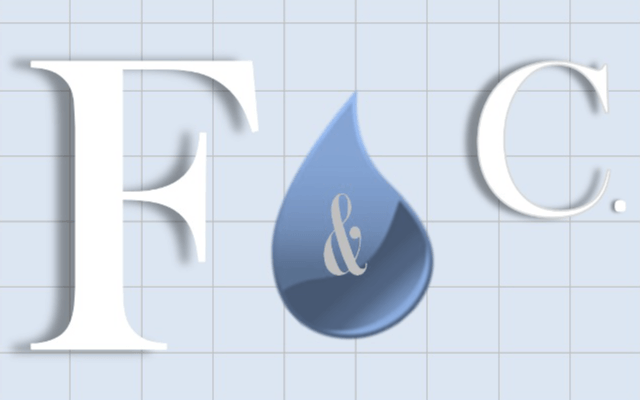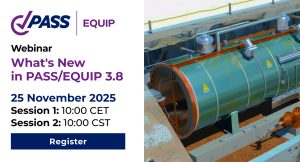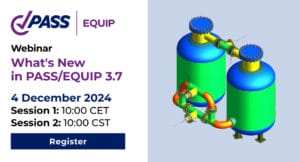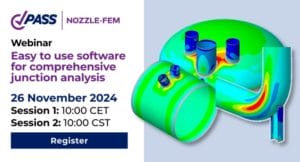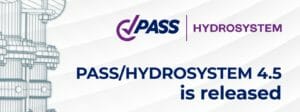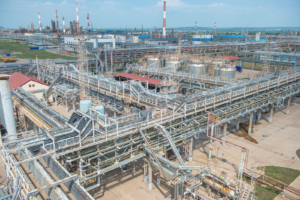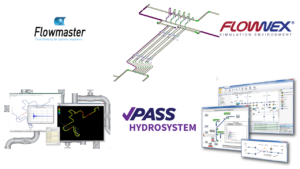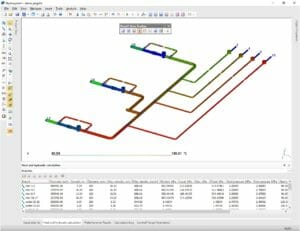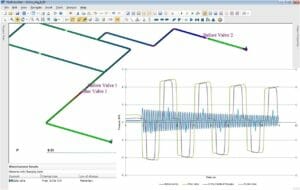First introduced in 1977 and blessed by piping hydraulic world-known guru Idelchik, PASS/HYDROSYSTEM has since evolved into one of most powerful piping flow analysis tools.
PASS/HYDROSYSTEM provides diameter selection, heat and hydraulic analysis of steady state flow for real liquids, gases, and multiphase mixtures (including gas/liquid, oil/water, and gas/oil/water flow considering flashing and condensation), in piping systems of any complexity, including networks with loops.
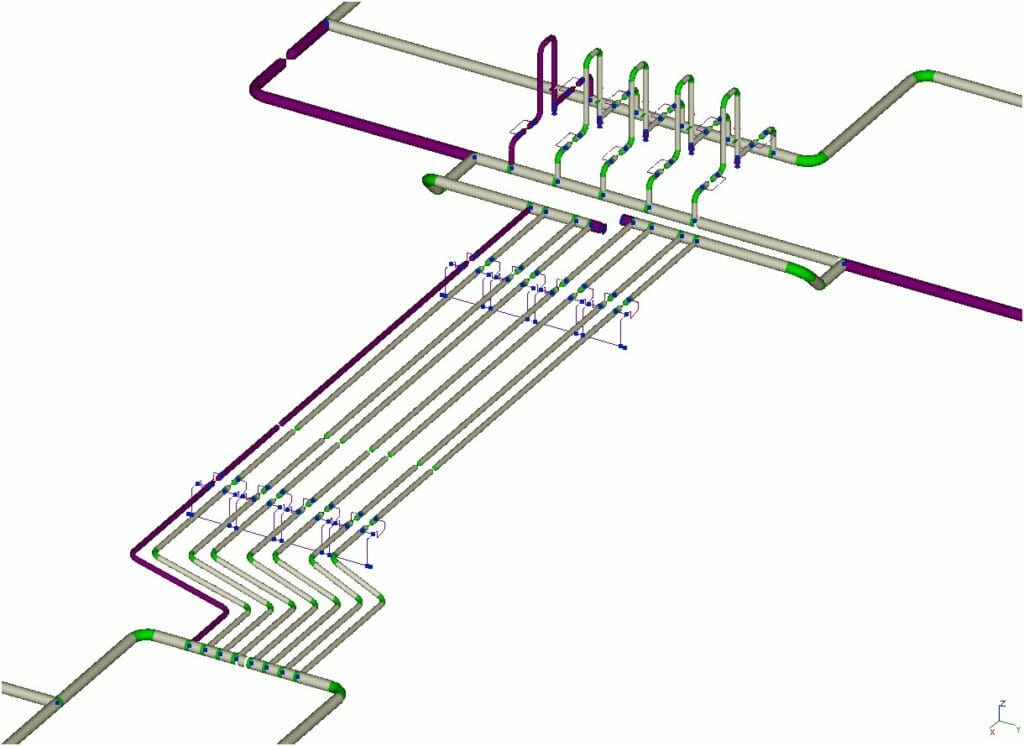
It also covers the most dangerous type of transitional flow related to liquid surge (water-hammer), and flow assurance calculations, including severe slugging, and gas hydrate formation prediction.
PASS/HYDROSYSTEM combines sophisticated calculation capabilities with ease-of-use to deliver fluid flow and heat transfer simulation and sizing of any piping network in any design stage by “regular” engineers and designers. Process and piping engineers of more than 600 companies use the software now every day.
To analyze a piping system for hydraulic and thermal effects it is necessary to simulate its behavior on three scale levels: pipe cross section, pipe/branch run, and the whole piping network – and then link and solve these models together.
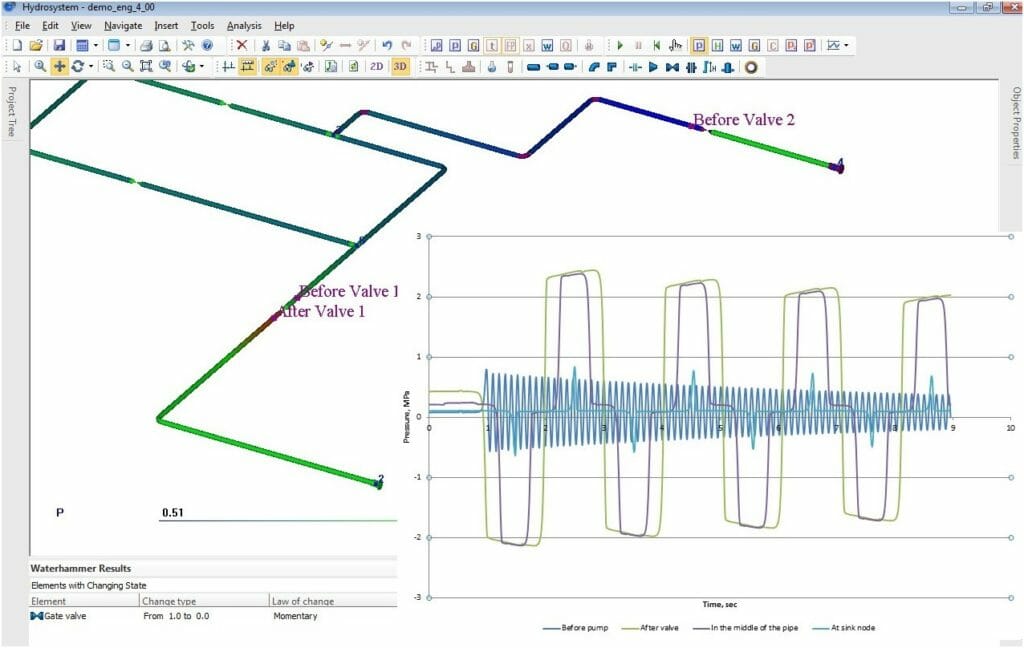
At the cross-sectional scale it is necessary to define the type of fluid flow (laminar, turbulent, choked, or subsonic, flow pattern for multiphase flow – stratified, annular, intermitted, etc.), and the specifics of heat exchange between fluid and environment through pipe wall and thermal insulation. This knowledge is then used when calculating integral parameters of the flow and heat exchange (pressure gradient, heat losses per length, etc.) and following up how all fluid parameters change along the pipe/branch and all over the network. This would be impossible without access to most reliable thermodynamic data provided by software.
PASS/HYDROSYSTEM provides a calculation engine for all necessary fluid properties and phase equilibrium on the base of fluid composition, for a wide spectrum of fluids and applications.
